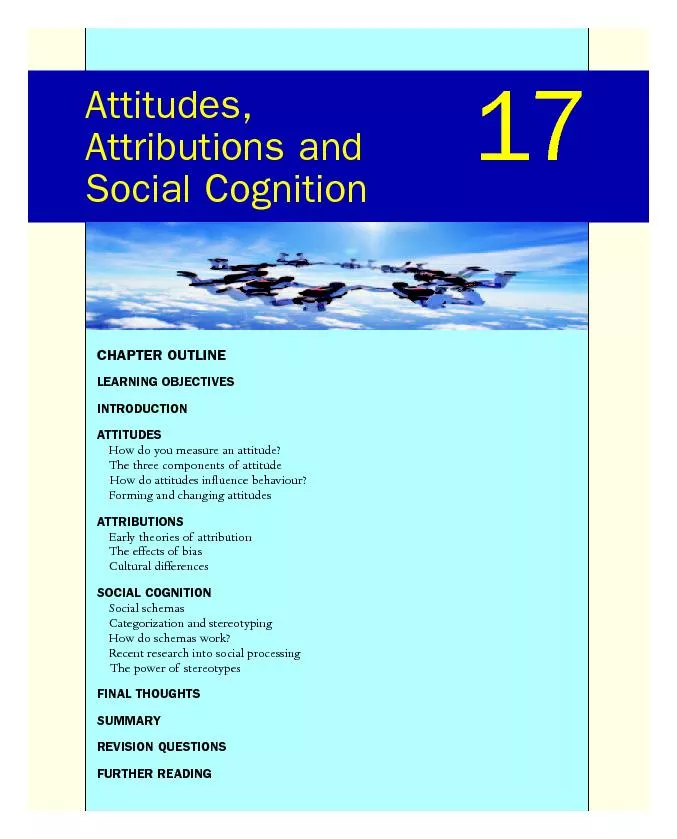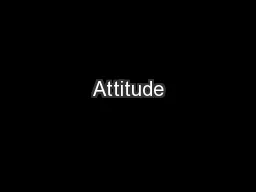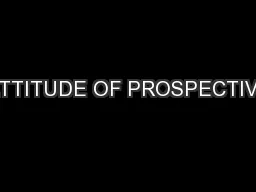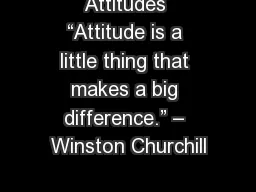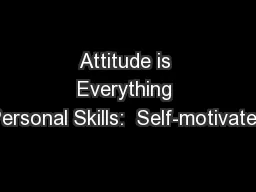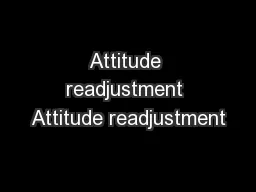PDF-ATTITUDESHow do you measure an attitude?The three components ofattitud
Author : mitsue-stanley | Published Date : 2016-05-12
Attitudes Attributions and17 PSYC17qxd 1205 347 pm Page 360 Learning Objectivesschemas help us to categorize evaluate and process social information quickly and
Presentation Embed Code
Download Presentation
Download Presentation The PPT/PDF document "ATTITUDESHow do you measure an attitude?..." is the property of its rightful owner. Permission is granted to download and print the materials on this website for personal, non-commercial use only, and to display it on your personal computer provided you do not modify the materials and that you retain all copyright notices contained in the materials. By downloading content from our website, you accept the terms of this agreement.
ATTITUDESHow do you measure an attitude?The three components ofattitud: Transcript
Download Rules Of Document
"ATTITUDESHow do you measure an attitude?The three components ofattitud"The content belongs to its owner. You may download and print it for personal use, without modification, and keep all copyright notices. By downloading, you agree to these terms.
Related Documents

